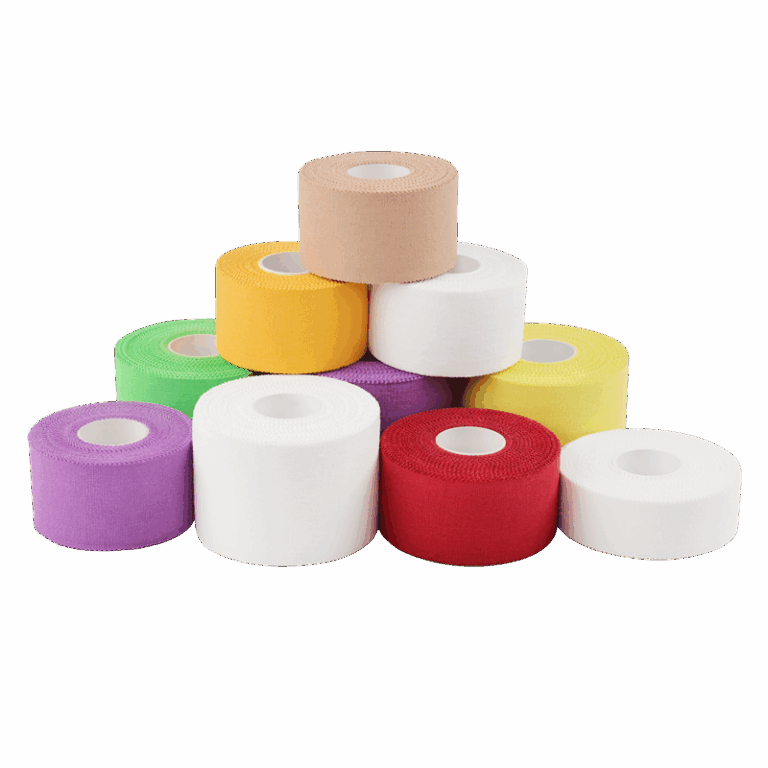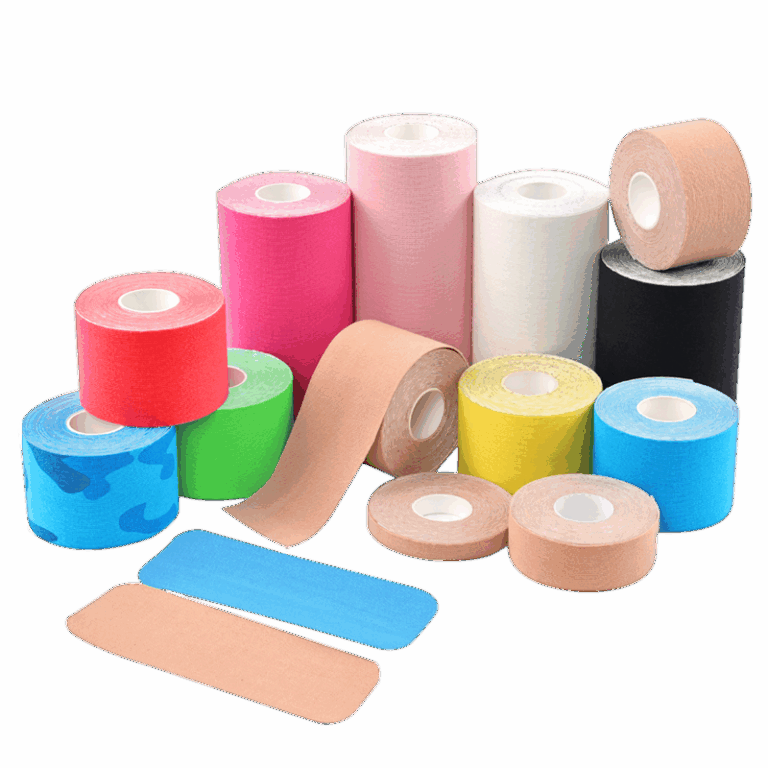Elastic bandage is a practical tool for compression therapy. With the perfect size, shape and elasticity, these bands can be used to cover a wound or wrap an arm or leg without the risk of it slipping off.
When you’re in need of such an item, it’s important to make sure that you get the best performance out of your elastic bandage so that you get what you paid for.
How do you maintain the performance of an elastic bandage?
To maintain the performance of an elastic bandage, you should follow a few simple guidelines.
First, make sure that the bandage is clean and dry before using it. This will help to prevent bacteria from growing and leading to poor performance.
Next, keep the bandage tightly wrapped around the wound for the best results. This will help to keep the wound closed and protect it from infection.
Finally, be patient – elastic bandages can take a little time to work their magic. But once they do, you’ll be able to enjoy improved healing and reduced pain.

What are the types of materials used in elastic bandages?
bandages are made from a variety of materials, each with its own unique properties.
Elastic bandages are typically made from three types of materials: cloth, rubber, and plastic. Cloth bandages are the most common type and are made from cotton or woolen fabric.
They are soft and comfortable to the touch, but they do not provide as much resistance as rubber or plastic bandages.
Rubber bandages are made from latex or synthetic rubber. They offer more resistance than cloth bandages and are especially good at protecting wounds from bacteria and other contaminants.
Plastic bandages are the most durable type of elastic bandage and are often used to cover large areas of the body. They are also easy to clean and have a longer lifespan than other types of elastic bandages.
Can you use other materials to improve the performance of an elastic bandage?
bandages are a common tool used to reduce pain and swelling. However, they can sometimes be less effective than traditional bandages.
One way to improve the performance of an elastic bandage is to use other materials to make it.
For example, you can use origami paper to create a more durable bandage. Or you can use chopsticks to create a flexible bandage that conforms to the contours of your skin.
You can also try using different types of adhesive tape. This will help to keep the bandage in place and prevent it from coming loose.
Why does performance degrade over time?
bandages are an important part of first aid kit, and they can be useful for a variety of injuries. However, over time, their performance can degrade. This can cause them to be less effective in treating injuries.
One reason performance can degrade is due to moisture. Moisture causes the bandages to become sticky and difficult to use.
They also tend to stretch more than usual, which makes them less effective at restraining bleeding.
To improve Elastic bandage performance, it is important to keep them dry and free from moisture.
This can be done by storing them in a dry location or using a desiccant pack to reduce moisture levels. Desiccants are chemicals that absorb water, which helps to preserve the bandages.
Conclusion
Elastic bandages are a key part of any first-aid kit, and for good reason. They offer a great solution for many common injuries, including cuts, scrapes, bruises and even surgery.
However, if you’re looking to get the best possible results from your elastic bandage usage, there are a few things that you can do to improve your results.
In this article, we’ll discuss some of the most effective ways to improve elastic bandage performance and get great results. Thanks for reading!



